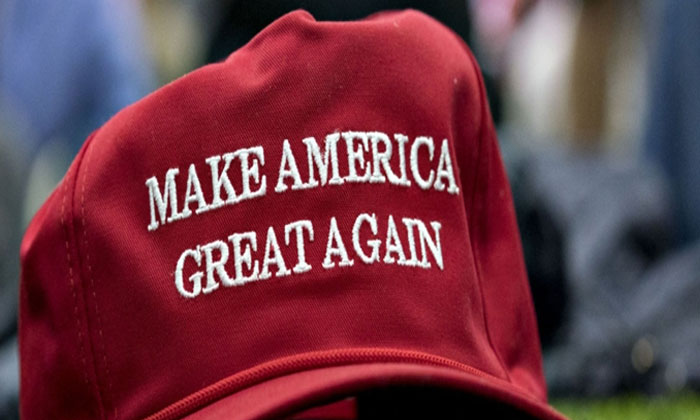The US economy has witnessed the biggest quarterly decline since the 2008 financial crisis, indicating the severity of the COVID-19 pandemic induced recession, while analysts have said that the worst was yet to come.
On Wednesday, the Commerce Department said that the US GDP in the first quarter contracted at an annual rate of 4.8 per cent amid the pandemic, the biggest decline in over a decade, Xinhua news agency reported.
The decline in first-quarter real GDP was, in part, due to the response to the spread of COVID-19, as governments issued “stay-at-home” orders in March, according to the “advance” estimate released by the department’s bureau of economic analysis.
Widespread “stay-at-home” orders and other measures to contain the virus led to “rapid changes in demand”, as businesses and schools switched to remote work or canceled operations, and consumers cancelled, restricted, or redirected their spending, the bureau noted.

“There was little good news in the underlying data, and the contraction that occurred in the first quarter is just a hint at what is to come in Q2,” Jay H. Bryson, acting chief economist at Wells Fargo Securities, wrote in an analysis.
Noting that the lockdown of the economy, which occurred in most states, did not really start to take effect until mid-March or early April, Bryson said “we look for real GDP to contract at an unprecedented annualized rate in excess of 20 percent in Q2”.
Bryson’s projection was echoed by many, including White House economic advisor Kevin Hassett, who told CNBC earlier this week that the economy could contract up to 30 per cent in the second quarter.
Diane Swonk, chief economist at Grant Thornton, a major accounting firm, said the COVID-19 recession that started in the first quarter is global in scope.
“The losses we have yet to endure are expected to eclipse anything in living memory,” she wrote in a blog Wednesday.
The decrease in real GDP in the first quarter reflected negative contributions from personal consumption expenditures (PCE), non-residential fixed investment, exports, and private inventory investment that were partly offset by positive contributions from residential fixed investment, federal government spending, and state and local government spending, the bureau’s report showed.
Jason Furman, a professor at Harvard University and former economic adviser to President Barack Obama, said on Twitter that he would have predicted an increase in health spending during a pandemic, but the data says otherwise. “Health spending down 4.9 per cent in Q1 (not annualized). Responsible for nearly half of the overall GDP decline. Likely down much more in Q2,” Furman said.
The sharp contraction in the first quarter follows a 2.1-per cent increase in real GDP in the fourth quarter of 2019, according to earlier data from the bureau. The US economy grew by 2.3 per cent last year.
“Respondents report that last quarter was the worst since the global financial crisis for sales, profit margins, prices, and capital spending,” said survey chair Megan Greene, a senior fellow at Harvard Kennedy School.
According to the Peterson Institute for International Economics’ recently released semiannual Global Economics Prospects outlook, the US output is expected to shrink by 8 per cent in 2020, and the unemployment rate will probably peak around 20 per cent in the early summer.
Recent data from the Bureau of Labor Statistics showed that more than 26 million Americans filed jobless claims in a five-week period, as businesses, especially small ones, struggle to retain their employees amid shutdowns.
IANS












